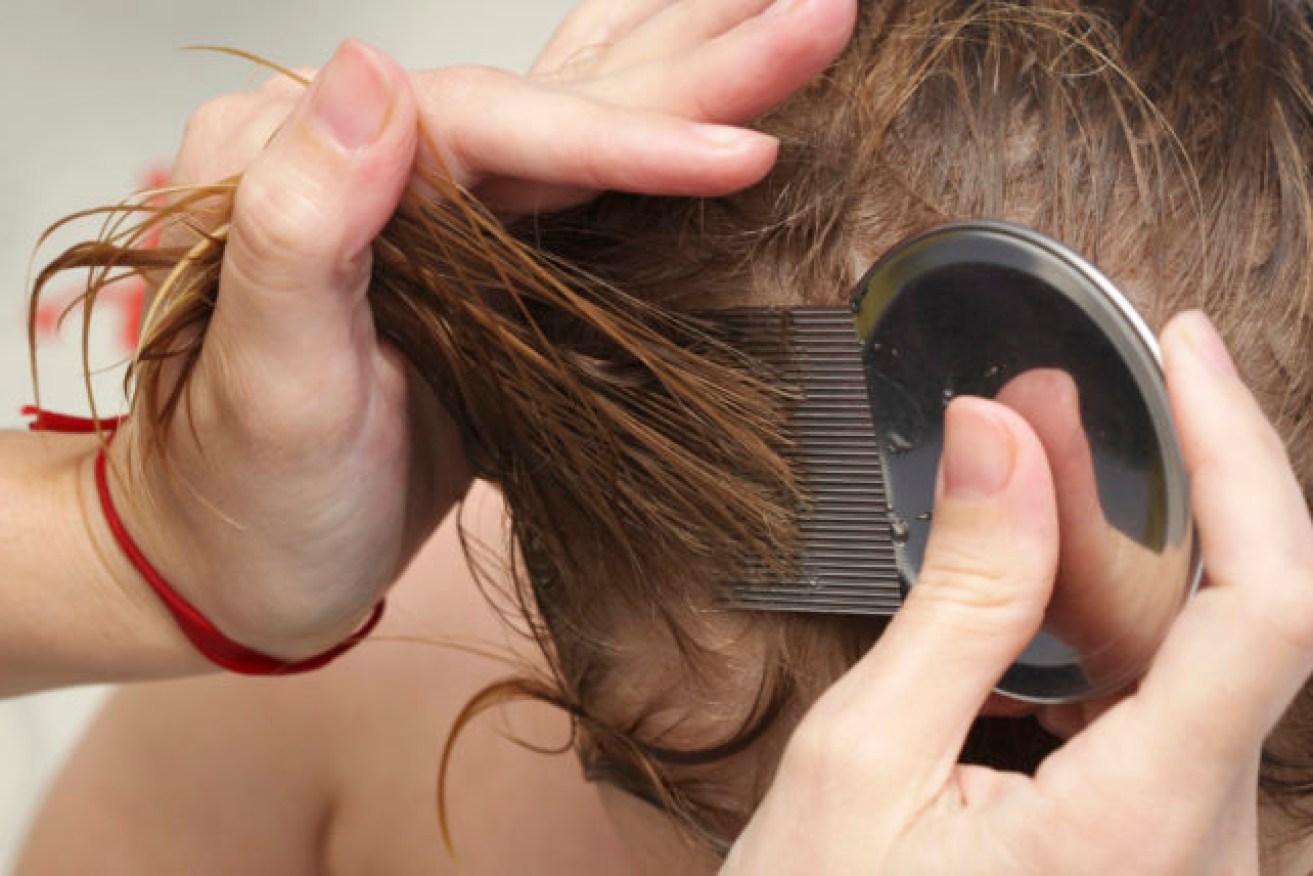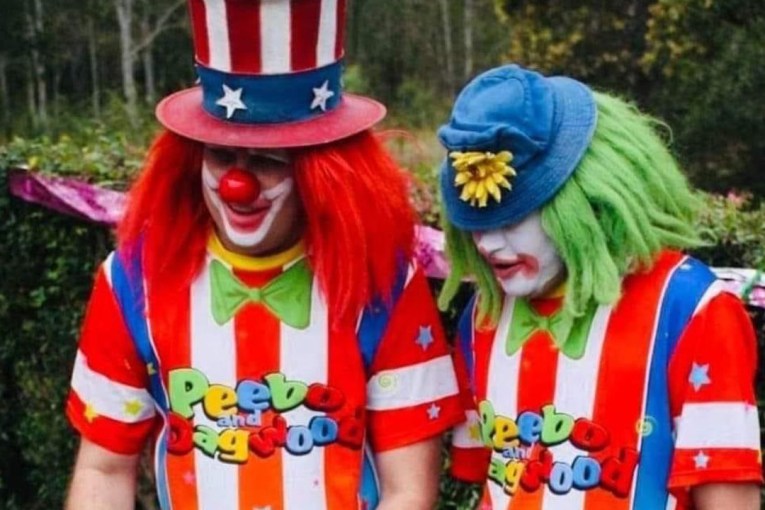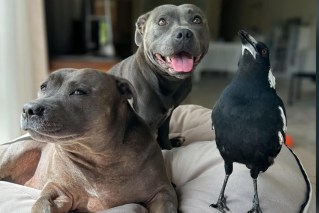Lice, damn lice and statistics – all you need to know about nits but were afraid to ask
They’ve been around as long as humanity itself, and despite the most modern of treatments the horrible head lice plague shows no sign of weakening, writes Rebecca Levingston


Just thinking about them makes my head itchy. Nits.
I can only write about them now because I’ve finally defeated the plague that’s lived in my children’s hair for the last few weeks. Actually, let me be honest, it’s been months that I’ve battled microscopic beasts. Full disclosure, they grow into proper big hairy bugs. Their spiky legs are perfect for crawling over fresh scalp. Retch!
Do not, I repeat do not search the Internet for microscopic images of headlice unless you are a fan of horror.
Type in “nits” and you’ll get 192,000,000 results. The Internet (internit?) will deliver a science class where you learn about the lifecycle of a louse. How do those tiny eggs cling to strands of hair? Animal world superglue is what I’ve concluded. Oh the shame. And then the pain of trying to get rid of the bastards.
My personal pandemic has played out with some similarities to the global viral response. Afternoon school greetings became like daily press conferences. We’d go through the numbers and despair as they went up. I’d resolve to “lockdown the lice” and off I’d go to purchase another nit-busting product. Just when I though I was getting on top of things, another outbreak. What a cluster.
I’ve mostly been shown sympathy by other parents who are veterans of the nit scene. They groan at my confession and follow quickly with advice as varied as “Have you tried washing their hair with orange juice?”
Another friend immediately recommended a buzz cut. The full gamut of responses, much like those provoked by the other pandemic we’re all dealing with.
Nits’ capacity to reproduce would be impressive if it weren’t so infuriating. Treatment was rigorous. Intensive medical shampoo sessions followed by cries of boredom as my kids moped around with shower caps on waiting 15 minute to exterminate the creepy blighters.
Then came the fine tooth comb. Better than a nuclear powered submarine for this search and destroy mission.
In my nit research I’ve come across grotesque and glorious details that had me scratching my head for intellectual reasons as much as physical.
Head lice have existed for millions of years and actually predate human evolution. Remarkable!
Head lice are small, wingless insects that live, breed and feed on the human scalp. Gross!
Head lice do not generally carry or transmit disease. Phew!
Are you itchy reading this? Sorry. But the good news is, we’ve definitely passed the threshold for freedom. I guess this is my victory press conference. Mission accomplished. For now.
I’m not ashamed to tell you that there is a website www.liceworld.com that’s more like a history lesson complete with images of some the earliest fine tooth combs. They claim those tiny teeth date back as early as the Natufian period (9,500 – 12,500 BC) and the design has changed very little over the millennia.
The first combs were made of ivory and bone. These days you can get ergonomically designed metal teeth that, I have to say, are the best. I speak from hours of combing experience.
Treat, wait, repeat. Liquid insecticide is necessary it seems. And if that doesn’t work, in extreme cases a dermatologist might even prescribe Ivermectin. Wild huh?
It’s been an eye opening couple of weeks. Patience, persistence, good science and a sense of humour are all necessary as you take down a flock of nits.
To the parents who’ve fought nits and won. I salute you. If you’re in the trenches, keep calm and comb on.












